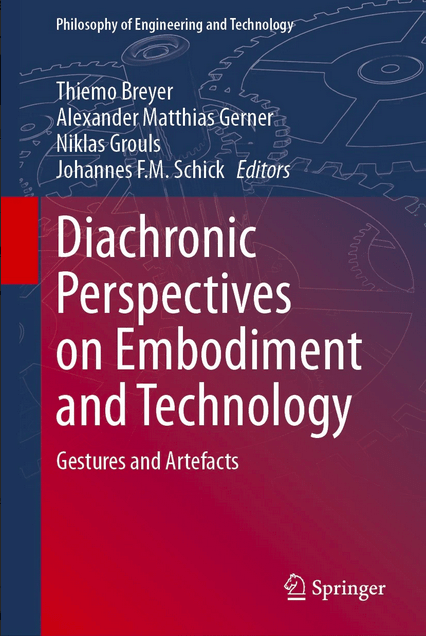
Gestures, Diagrams, and the Craft of Musical Composition
Em: Diachronic Perspectives on Embodiment and Technology
Editor: Springer, Cham
Páginas: 67-81
DOI: https://doi.org/10.1007/978-3-031-50085-5_5
Resumo:
Based on recent developments in the mathematical theory of music, philosophy of mathematics, and gesture studies, this paper builds a pragmaticist (Peirce) philosophical framework within which musical composition can be analyzed without reducing it to “abstract formulas” or “inspiration”. At least two widespread types of artifacts that mediate the compositional process rely on gestural techniques, namely, musical instruments and notations. Notwithstanding, the creative dialectics between gestures and sounds, mediated by artifacts, became the target of in-depth investigation in musicology only in recent decades (Mazzola). And the creative potentialities of musical notations still nowadays tend to be tackled by considering only the strategies of visualization that they afford (Krämer), leaving aside the manu-facture and manu-tension of the diagrammatic (Alunni) — already identified, however, in the philosophy of science and mathematics (Châtelet). We will show how a diachronic perspective on those gestural techniques can reveal an interesting role of the body in the opening up of musical “programs” to dissonances and noises. Far from being the outcome of “intellectual” decisions, new musical continents have been (re-)searched and cultivated through specific modalities of gestures, that we will try to uncover and systematize.